A VERY IMPORTANT ARTICLE TO READ
HIV Rash: Symptoms and Treatments

An early symptom
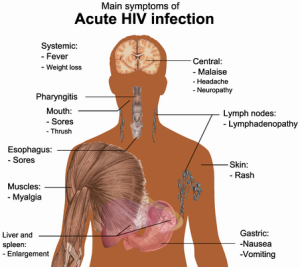

A rash is a symptom of HIV that usually occurs within the first two months after becoming infected with the virus. Like other initial symptoms of HIV, it?s easy to mistake this rash for a symptom of another viral infection. Therefore, it?s important to learn how to identify this rash and how to treat it.
Skin changes

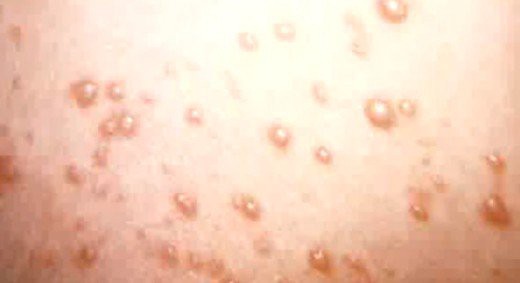

Approximately 90 percent of people who have HIV experience skin symptoms and changes at some stage of the disease.
The rash can develop because of conditions caused by HIV, or it can be a side effect of medications that treat HIV.
Medication alert
The U.S. Department of Health and Human Services reports that three main classes of anti-HIV drugs are responsible for causing skin rashes:
non-nucleoside reverse transcriptase inhibitors (NNRTIs)
nucleoside reverse transcriptase inhibitors (NRTI)
protease inhibitors (PIs)
NNRTIs such as nevirapine (Viramune) are the most common cause of medication skin rashes. Abacavir (Ziagen) is an NRTI drug that can cause skin rashes. The most likely PIs to cause rashes are amprenavir (Agenerase) and tipranavir (Aptivus).
What to look for



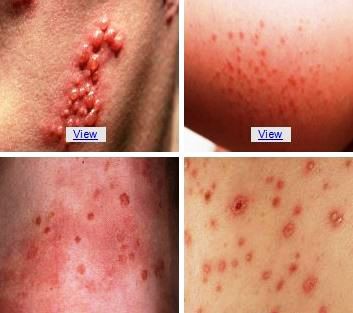
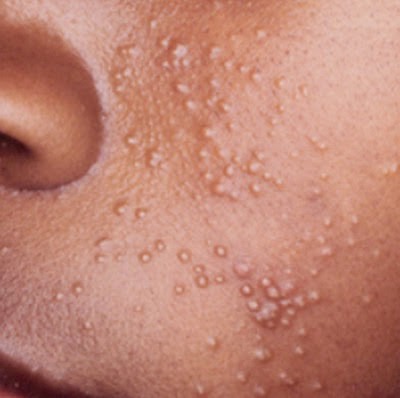
Whether caused by an HIV medication or by HIV itself, this rash typically appears as a red, flattened area on your skin that?s usually covered with small red bumps.A main symptom of the rash is itchiness. It can show up on any part of your body, but it most often occurs on the face and chest, and sometimes on the feet and hands. It can also cause mouth ulcers.
Range of severity
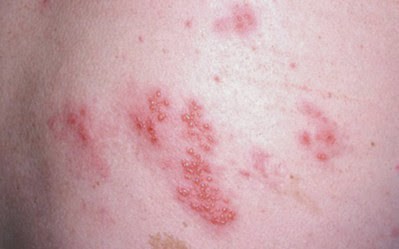
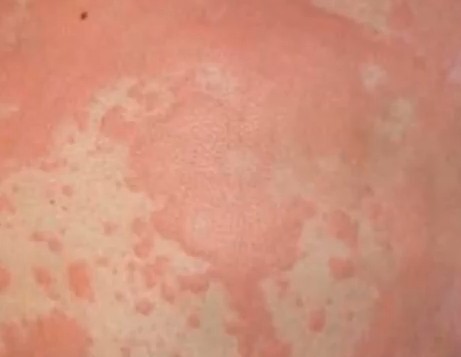
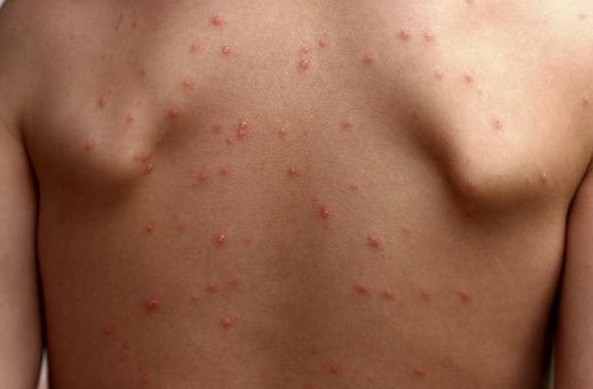
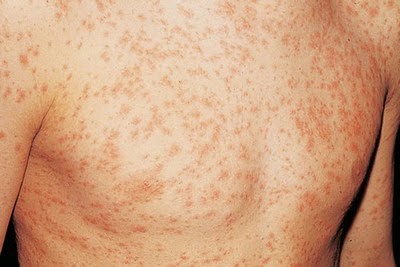
Some HIV rashes are mild. Others rashes can cause serious damage to the skin, causing them to be life-threatening.
One rare but potentially serious skin rash that can develop through the use of anti-HIV drugs is Stevens-Johnson syndrome (SJS). When this condition covers 30 percent of your body, it?s called toxic epidermal necrolysis. The symptoms of SJS include:
blisters on the skin and mucous membranes
a rash that develops quickly
a fever
swelling of the tongue
Rash treatments
Advances in viral control and immune system preservation have made skin problems less severe and less common. Skin problems that occur due to HIV have also become easier to treat.
The most common form of treatment to manage HIV rash is medication. Depending on the cause of the rash, over-the-counter drugs such as hydrocortisone cream or Benadryl may be helpful for reducing itchiness and rash size. More serious rashes may require prescription medication from your doctor.
What you can do
In addition to medication, making some lifestyle changes may help alleviate the symptoms of the mild form of this rash. Avoiding heat and direct sunlight can improve some rashes. Hot showers and baths can make the rash worse.
Be on the lookout for what coincides with the development of your rash. If you?ve just started a new medication, tried a new soap, or eaten a particular food before your rash starts, it?s possible an allergy may be the cause. If you aren?t sure about the cause, talk to your doctor.
Talk to Your Doctor
Make an appointment with your doctor if you think you may have been exposed to HIV. Make a note of any skin changes or symptoms you?ve developed. This will help your doctor make a diagnosis.
What the Rash Looks Like



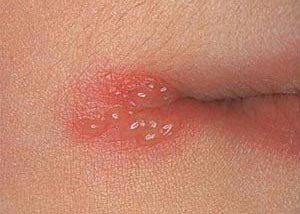
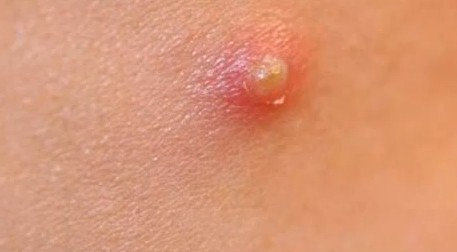





HIV rash is a common symptom of HIV infection. Around 85% of HIV positive individuals will experience a rash at some point in their infection, due to either:Acute HIV infectionA weakened immune system caused by chronic infectionA bad reaction to anti-HIV medicationIf you are worried that your rash might be due to an undiagnosed HIV infection, you can order a HIV testing kit from our team of online doctors and learn your status within 2 days.
Acute HIV Rash: A Symptom of HIV Infection
When people are first infected with HIV, they may experience an acute, ?flu-like? illness called a ?seroconversion illness,? about 2?4 weeks after being infected. The HIV rash is a symptom of this condition.
The rash will mostly affect the upper part of the body and will probably be found on the shoulder, chest area (as in the picture below), face, torso and palms of the hands.
Typically the rash will be flat or barely raised with small reddish dots/ spots (resembling eczema) in people with light skin, and dark purple/ black in people with dark skin.
The rash is not usually itchy and it tends to disappear within 3 weeks.
What To Do If You Notice A HIV Rash
If you do notice this kind of rash and it?s associated with any other acute symptoms of HIV, you should get HIV tested immediately.
You can order an HIV test kit online from one of our doctors, and find out your status within two days.
Over-the-counter medications like Benadrul or Hydrocortisone Cream can be used to heal rash and lessen itching.
Try to avoid hot baths, showers and direct sunlight if possible.
HIV Rash During On-Going Infection
During ongoing HIV infection, as your immune system becomes damaged, you may experience red and itchy (pruritic) skin.
You may experience a number of skin conditions including:
- Psoriasis: Scaly lesions on elbows, hands and feet. Pre-existing psoriasis can also be exacerbated by new HIV infections.
- Seborrhoeic dermatitis: Occurs on the scalp, ears, eyebrows, chest axillae, groin and feet.
- Eosinophilic pustular folliculitis: Acne or pimples may appear around hair follicles on the upper arms and chest.
In addition to this, you may notice blisters in the ?moist? areas of the body such as the mouth, genitals and eyes.
Herpes and the HIV Rash

Individuals with both HIV and herpes will experience very severe HIV rashes, making related symptoms and outbreaks much worse.
Rashes may appear red and filled with fluid. They may periodically burst and crust over.
Treatment of these HIV Rashes
Ongoing HIV rash can be managed with steroid creams and antihistamines, but these conditions will be difficult to eradicate completely and recurrence is common.
Most of these conditions will improve dramatically with effective anti-retroviral treatment.
Phototherapy has proved effective at managing folliculitis in some patients

